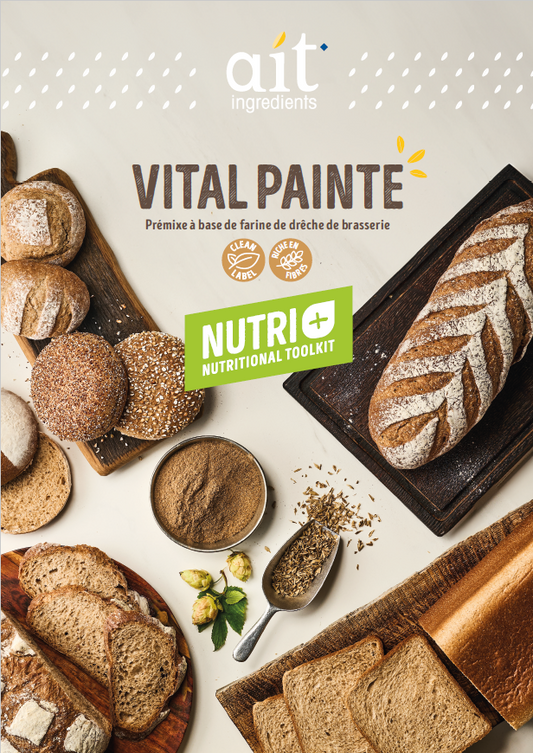Focus on the glycemic index: what is it?
The glycemic index is a criterion for classifying carbohydrates ; it replaces the classification of simple/fast sugars and complex/slow sugars.
Measuring the glycemic index of a food is not easy. Indeed, people ingest foods with a certain amount of carbohydrates. Their blood sugar (blood sugar level) is measured every 30 minutes for 2 hours and then this will be compared to the glucose curve.
Foods are then classified into three categories:
- LOW IG (<50)
- MEDIUM IG (between 50 and 70)
- HIGH IG (>70)
If we consume a food with a high GI, it will increase blood sugar and cause a significant secretion of insulin. Insulin is a hormone that allows sugar to enter the cells but also to be stored.
The consequences of regular consumption of high glycemic index will cause secretion that is too strong and too frequent , which will then promote weight gain . The entry of sugar into the cells will cause blood sugar levels to drop and cause reactive hypoglycemia , promoting appetite and fatigue.
By regularly consuming foods with a high GI, there is a risk of diabetes since insulin becomes less effective , the pancreas must therefore produce more and becomes exhausted.
Excess glucose in our blood will damage our blood vessels and arteries , proteins will be less functional (glycation), cellular aging will accelerate and cardiovascular diseases will be promoted .
Moving towards foods with a low GI will help limit high insulin secretions and therefore storage, appetite and fatigue. They also have a positive impact on mood and they also allow you to lose a few pounds.
Examples of low GI foods include unprocessed foods, vegetables, whole grains, fruits and nuts . However, be careful with cooking and grinding , which denatures foods and increases the GI.
Our energy bars have a low GI since in fact, our salty cashew & curry energy bar contains nuts with cashew nuts. And our sweet energy bar contains fruits with raspberries.
If you want to lower the GI of a food, here are some tips:
- Avoid long cooking times : crunchy vegetables, al dente pasta.
- Eat cold : With cold, starch becomes more resistant to digestion.
- Add acidity : This helps slow down the digestion of starch.
- Replace white flour and white sugar in recipes.



